Understanding AWS Startup Credits: How Founders Can Save $100K+ in Cloud Costs
- Nitin Yadav
- Knowledge
About
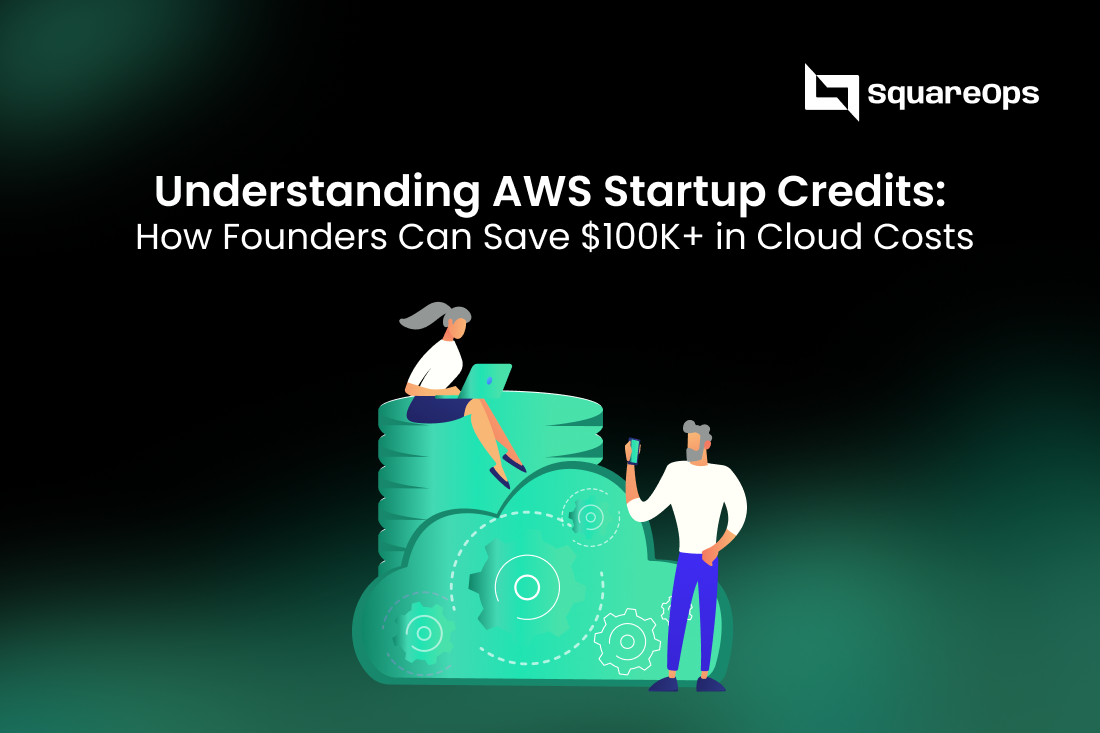
Scale faster and retain customers with DevOps for SaaS. Learn how CI/CD, automation, and multi-cloud on AWS, Azure & GCP boost reliability and growth.
Industries
- AWS Activate, AWS activate credits 2025, AWS Activate Founders, AWS Activate Portfolio, AWS billing for startups, AWS cloud credits, AWS cost optimization, AWS credit voucher, AWS Credits, AWS for Startups, AWS free credits, AWS partners, AWS Startup Credits, AWS support consulting, cloud cost management
Share Via
Launching a startup in 2025 has never been more exciting or more expensive. While cloud infrastructure eliminates the need for costly servers, it introduces another challenge: unpredictable and often skyrocketing cloud bills.
A growing SaaS platform might spend $5,000–$10,000 per month on compute, storage, and database services. For early-stage startups, that’s money they would rather invest in building features, acquiring customers, or hiring talent.
Enter AWS Startup Credits, a powerful program designed to help startups scale while saving up to $100,000+ on cloud costs. For founders, understanding and maximizing these credits can mean the difference between burning through funding or achieving sustainable growth.
In this guide, we’ll break down:
- What AWS startup credits are.
- How much can you actually save?
- Eligibility criteria and how to apply.
- Best practices for maximizing credits.
- The role of AWS Partners in unlocking and optimizing credits.
- The future of startup cloud incentives.
What Are AWS Startup Credits?
AWS Startup Credits are promotional credits offered by Amazon Web Services to early-stage startups as part of the AWS Activate program. They act like free money to pay for AWS services, reducing or even eliminating your cloud bill during the critical growth phase.
What Credits Can Be Used For:
- Compute: Amazon EC2, AWS Lambda, ECS, and EKS clusters.
- Storage: S3, EBS, Glacier for backups and archiving.
- Databases: Amazon RDS, DynamoDB, Aurora.
- Networking: VPC, CloudFront, Route 53.
- AI/ML: SageMaker, Rekognition, Comprehend.
- Developer Tools: CodeBuild, CodePipeline, CloudWatch.
Types of AWS Credits:
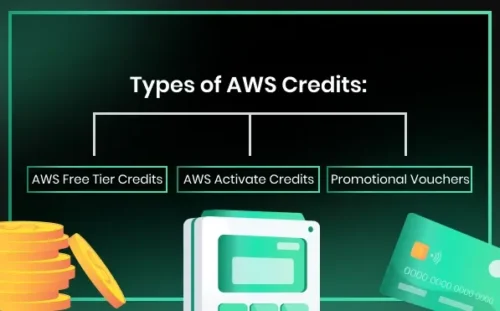
- AWS Free Tier Credits – Introductory usage is free for 12 months.
- AWS Activate Credits – Offered through Activate Founders or Activate Portfolio programs.
- Promotional Vouchers – Special incentives for accelerators, hackathons, and events.
How Much Can Founders Save With AWS Startup Credits?
The amount varies depending on the program and your eligibility:
- AWS Activate Founders: Up to $1,000 in credits.
- AWS Activate Portfolio: $5,000, $25,000, or even $100,000+ in credits, depending on your accelerator, incubator, or VC affiliation.
Example Savings Breakdown:
A SaaS startup using $8,000 per month in AWS services:
- $96,000 annual cost → Fully covered with $100K credits.
- Savings applied to EC2 instances, RDS databases, S3 storage, and CloudFront CDN.
- Freed cash = More budget for marketing, product development, and customer acquisition.
That’s why AWS startup credits are often considered non-dilutive capital they reduce expenses without impacting equity.
Eligibility Criteria for AWS Startup Credits
Not every company qualifies for AWS startup credits. Amazon sets clear eligibility rules to ensure credits go to early-stage, high-growth startups.
Basic Requirements:
- Incorporated a startup (private company).
- Early-stage, typically pre-seed to Series A.
- Website or online presence showing an active business.
Activate Founders Program:
- Available to self-funded or bootstrapped startups.
- Requires an AWS account and business email.
- Grants $1,000 in credits.
Activate Portfolio Program:
- For startups backed by recognized VCs, accelerators, or incubators.
- Requires a program ID from your investor or accelerator.
- Grants $5,000 to $100,000+ credits.
Important Notes:
- Credits expire (typically 1–2 years).
- Only applicable to eligible AWS services.
- Cannot be converted into cash.
How to Apply for AWS Startup Credits
The process is straightforward, but founders must be prepared.
- Choose the Right Program
- Bootstrapped? → Apply via Activate Founders.
- Backed by VC/accelerator? → Apply via Activate Portfolio.
- Bootstrapped? → Apply via Activate Founders.
- Prepare Documentation
- Company details (name, domain, incorporation info).
- Pitch deck or company description.
- Accelerator/VC ID (for Portfolio applicants).
- Company details (name, domain, incorporation info).
- Submit Application
- Apply through AWS Activate.
- Fill in the required details and submit.
- Apply through AWS Activate.
- Approval & Credit Allocation
- AWS reviews the application.
- Credits automatically applied to the billing dashboard.
- AWS reviews the application.
Best Practices to Maximize AWS Startup Credits
Getting credits is only the first step. Using them wisely is where the real value lies.
1. Right-Size Instances
- Don’t use an m5.4xlarge EC2 if an m5.large suffices.
- Monitor usage and downsize to save costs.
2. Automate Shutdowns
- Non-production environments (dev/test) should stop outside business hours.
- Use AWS Instance Scheduler to automate.
3. Optimize Storage
- Use S3 lifecycle policies to move old data to lower-cost tiers, such as Glacier.
- Delete unused snapshots and EBS volumes.
4. Use Spot Instances for Non-Critical Workloads
- Save up to 90% on compute costs.
- Perfect for batch processing or ML training.
5. Monitor Spend Actively
- Set budgets in AWS Cost Explorer.
- Enable billing alerts to prevent credit drain.
6. Combine with AWS Free Tier
- Take advantage of Free Tier for low-volume workloads before using credits.
7. Leverage AWS Partners
- AWS Partners help align usage with credits.
- Provide cost optimization audits and best practices.
Case Study: Startup Saves $95K with AWS Credits
Company: An early-stage SaaS startup building AI-driven marketing automation tools.
Challenge: Infrastructure costs were projected to reach $10K/month, consuming seed funding.
Solution:
- Applied for AWS Activate Portfolio credits via their accelerator.
- Secured $100K in AWS credits.
- SquareOps, an AWS Partner, guided them on cost optimization:
- Used Reserved Instances for steady workloads.
- Leveraged Spot Instances for AI training.
- Automated non-production shutdowns.
- Used Reserved Instances for steady workloads.
Results:
- Saved $95K in one year.
- Extended runway by 8 months.
- Reinvested savings into hiring engineers and scaling customer acquisition.
Role of AWS Partners in Unlocking and Optimizing Credits
While founders can apply directly, AWS Partners provide added value:
- Application Guidance: Ensure eligibility and maximize credit tiers.
- Credit Optimization: Prevent misuse of credits on inefficient workloads.
- FinOps Expertise: Balance performance, uptime, and cost efficiency.
- Ongoing Support: Provide billing audits, monitoring, and scaling strategies.
At SquareOps, we specialize in helping startups unlock AWS credits and optimize usage to maximize growth potential.
Future of AWS Credits for Startups
AWS continues to expand its startup programs as competition from Azure and Google Cloud grows. Expect:
- More AI/ML Credit Incentives
- Extra credits for AI/ML workloads as demand skyrockets.
- Extra credits for AI/ML workloads as demand skyrockets.
- Multi-Cloud Credit Integration
- Startups may balance credits across AWS, Azure, and GCP.
- Startups may balance credits across AWS, Azure, and GCP.
- Stronger FinOps Support
- Cloud credits tied to FinOps best practices for cost efficiency.
- Cloud credits tied to FinOps best practices for cost efficiency.
- Extended Duration of Credits
- Programs may expand beyond 2 years to support scaling companies.
Conclusion
For founders, every dollar saved is a dollar that can be reinvested into product, people, and growth. AWS Startup Credits offer a rare opportunity: up to $100K+ in free cloud resources to help you scale without draining your budget.
By understanding eligibility, applying strategically, and working with AWS Partners like SquareOps, startups can:
- Reduce cloud spend by up to 100%.
- Extend the runway.
- Focus on innovation and customer growth.
Ready to save $100K+ on AWS cloud costs?
Book a Free AWS Credit Consultation with SquareOps
Frequently asked questions
AWS startup credits are promotional credits provided through the AWS Activate program. They allow early-stage startups to use AWS services like EC2, S3, and RDS without paying upfront cloud costs.
Depending on eligibility, startups can receive between $1,000 and $100,000+ in AWS credits. This can fully cover compute, storage, and database costs for up to 1–2 years.
Founders can apply through the AWS Activate program. Bootstrapped startups use the Activate Founders track, while VC or accelerator-backed startups apply via the Activate Portfolio program.
Eligibility typically requires being an incorporated startup, in early growth stages (pre-seed to Series A), and having a company website. Portfolio credits require backing from an approved VC, accelerator, or incubator.
Yes. Credits usually expire after 1–2 years. Founders should plan usage carefully and monitor consumption through the AWS Billing Dashboard.
Credits apply to most core AWS services, including EC2, S3, Lambda, RDS, DynamoDB, and CloudFront. They generally cannot be used for third-party marketplace products.
The AWS Free Tier provides limited resources for 12 months. AWS Activate credits are additional funds (up to $100K+) that startups can apply to broader AWS usage.
Best practices include rightsizing EC2 instances, automating shutdown of test environments, optimizing storage with S3 lifecycle policies, and leveraging Spot Instances for batch workloads
Yes. AWS Partners assist startups with credit applications, cost optimization, and FinOps strategies to ensure credits are used efficiently.
SquareOps helps founders unlock AWS Activate credits, optimize workloads across AWS services, and cut cloud costs by up to 40% while ensuring scalability and uptime.
Related Posts
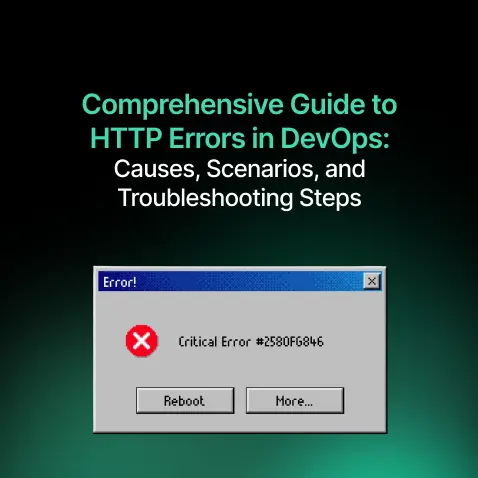
Comprehensive Guide to HTTP Errors in DevOps: Causes, Scenarios, and Troubleshooting Steps
- Blog

Trivy: The Ultimate Open-Source Tool for Container Vulnerability Scanning and SBOM Generation
- Blog
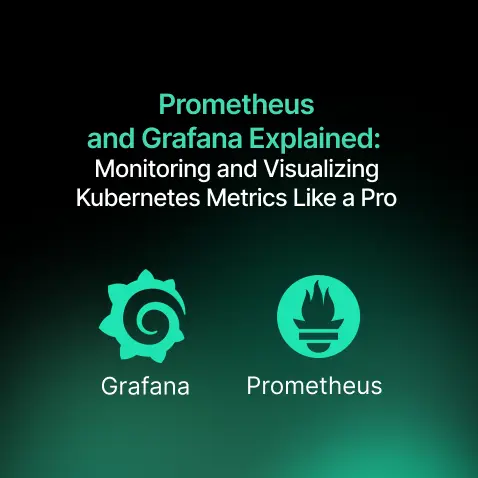
Prometheus and Grafana Explained: Monitoring and Visualizing Kubernetes Metrics Like a Pro
- Blog
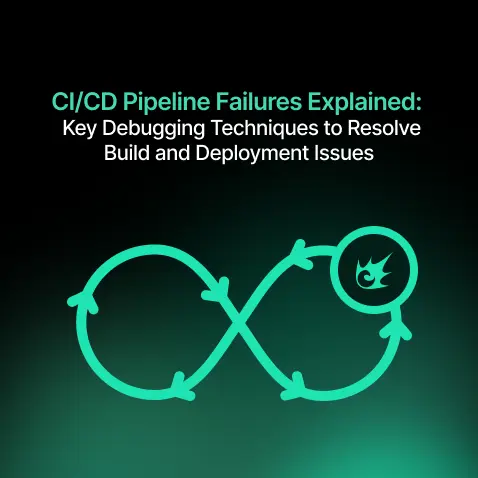
CI/CD Pipeline Failures Explained: Key Debugging Techniques to Resolve Build and Deployment Issues
- Blog
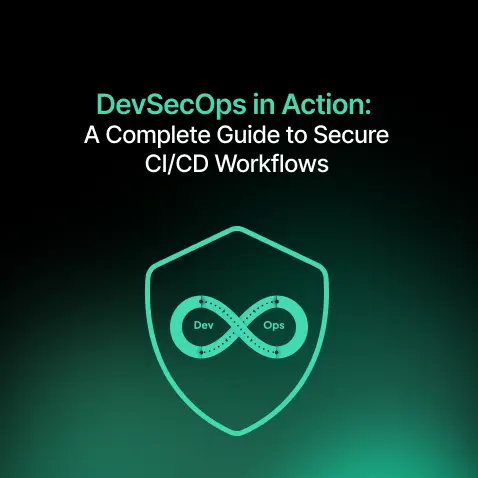
DevSecOps in Action: A Complete Guide to Secure CI/CD Workflows
- Blog
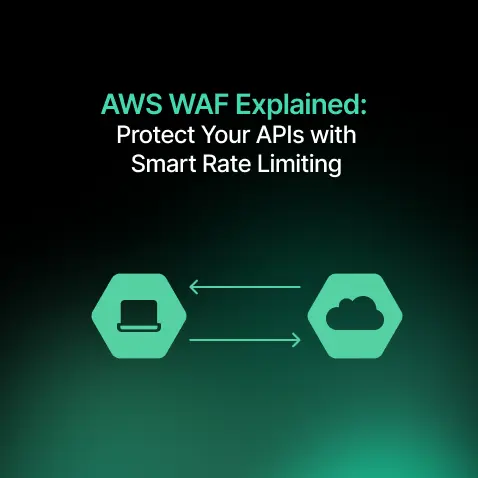
AWS WAF Explained: Protect Your APIs with Smart Rate Limiting
- Blog

